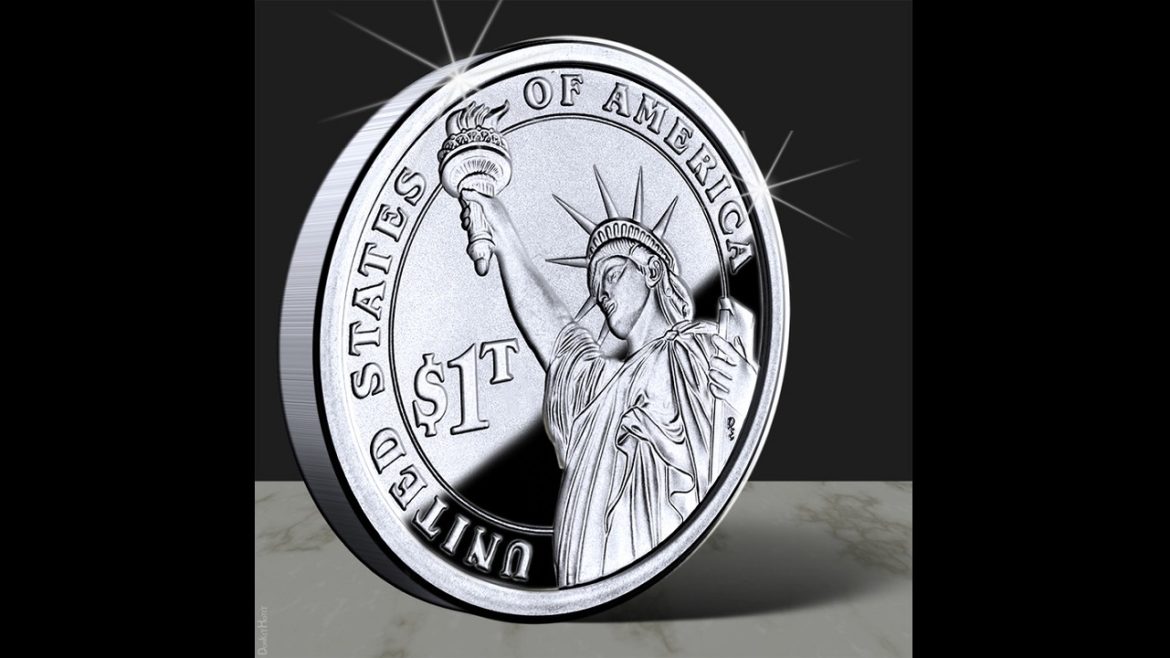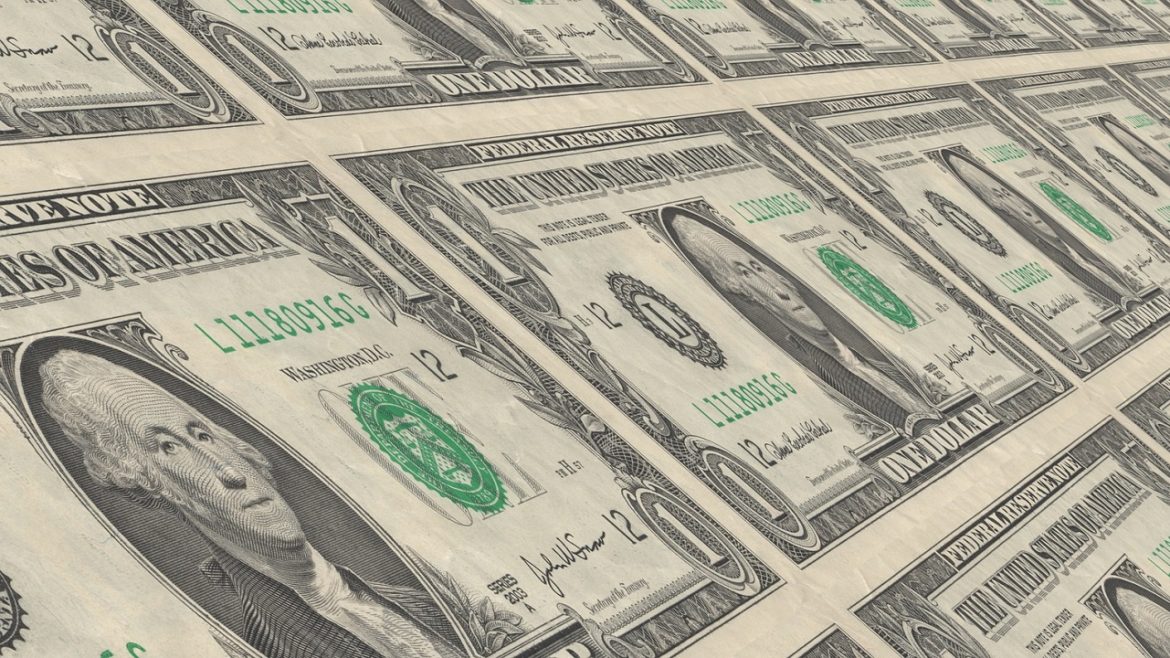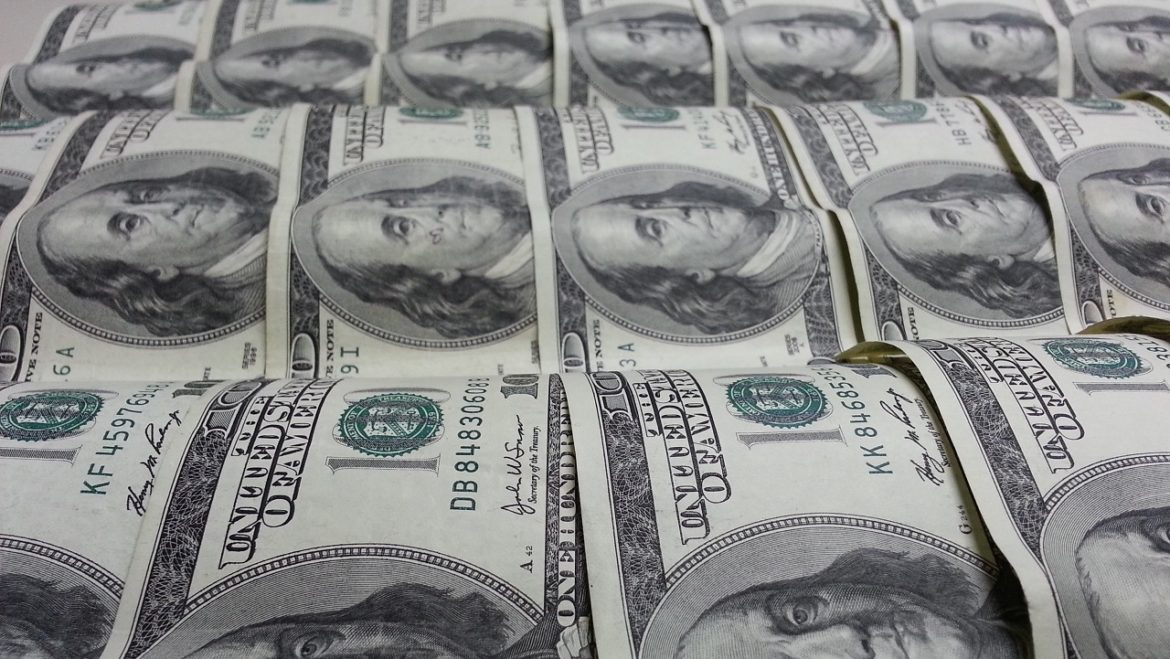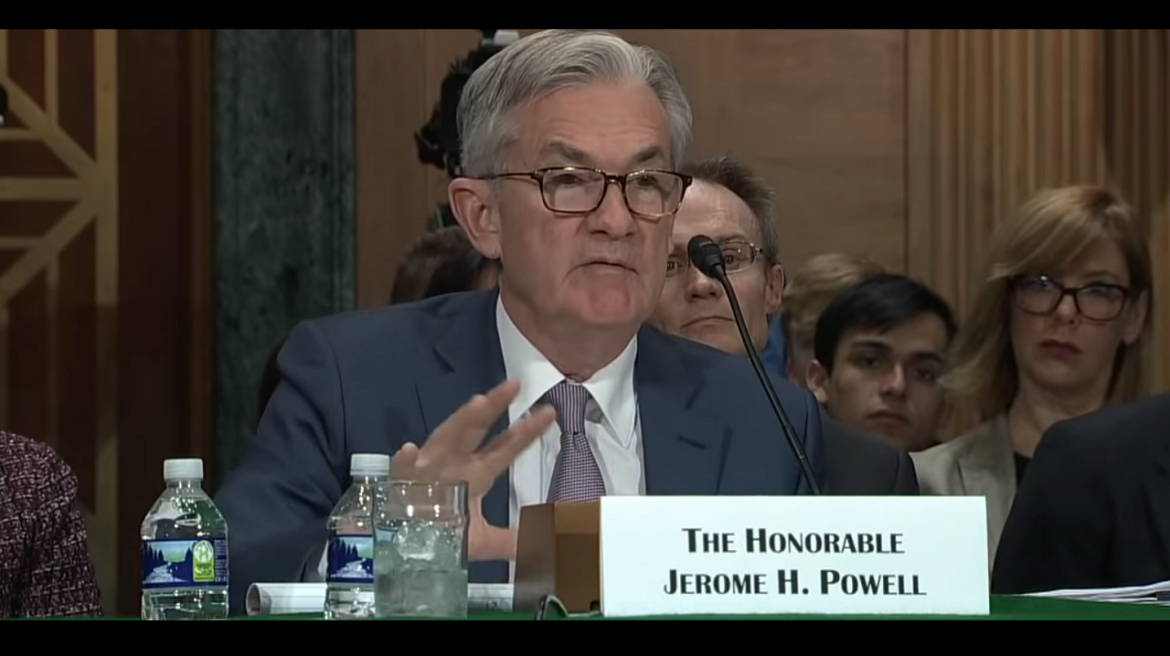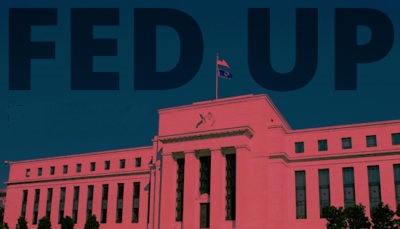I recently ran across a video produced by CNBC back in July 2020. It is titled “Why Printing Trillions of Dollars May Not Cause Inflation.”
That aged poorly, didn’t it?
And people wonder why I keep saying you should be skeptical of mainstream narratives.
Policy wonks and government people come up with some really dumb ideas. And a lot of those dumb ideas just won’t go away.
Now that we’re in the early stages of the fake debt ceiling fight, a really dumb idea has been resurrected from the dead – the trillion-dollar coin.
Mostly we get lies, spin and obfuscation from central bankers, politicians and bureaucrats. But every once in a while, one of these people accidentally wanders into the truth.
IMF Director Kristalina Georgieva did just that during a recent panel discussion hosted by CNBC. She conceded that central banks globally “printed too much money and didn’t think of unintended consequences.”
US money supply growth hit another all-time high in February as the Federal Reserve continues to churn out dollars and inject them into the economy.
As measured by the True Money Supply Measure (TMS), the money supply grew by 39.1% year-on-year. That was up slightly from January’s record growth of 38.7%.
Last month, Federal Reserve Chairman Jerome Powell testified before Congress. In his answer to one question, it sure did sound like he doesn’t believe in the basic economic principle of supply and demand. Peter Schiff talks about it in this clip from one of his podcasts.
The money supply growth rate surged to an all-time high in April as the Federal Reserve created cash at an unprecedented rate through quantitative easing and other money-creating monetary policies.
According to Ryan McMaken at the Mises Institute, the only time the Fed has come close to this level of money creation was in the 1970s – the era of stagflation.
Once upon a time, quantitative easing was considered an “extreme measure.” But it may become more commonplace. According to a Reuters report, central bankers in the US are discussing whether they should turn to that “tool” more often.
In other words, the Fed may make the “extreme” the norm.




